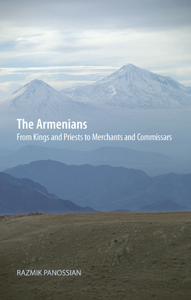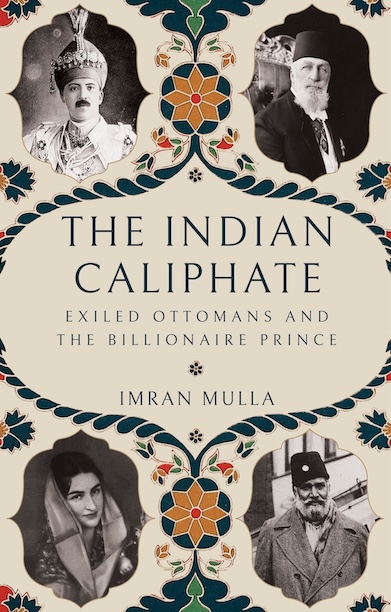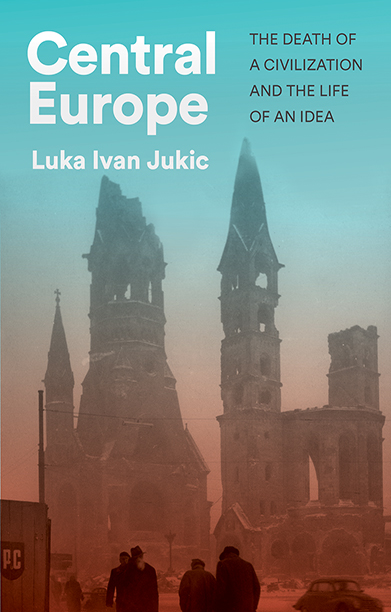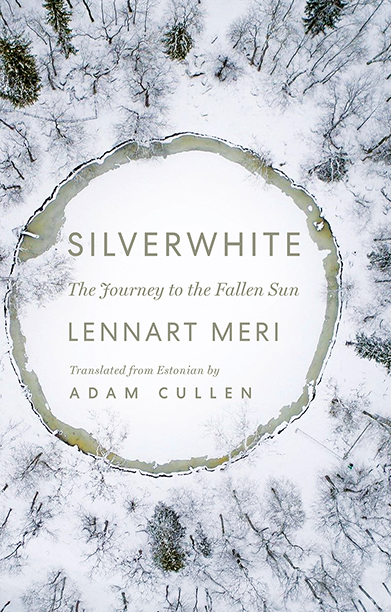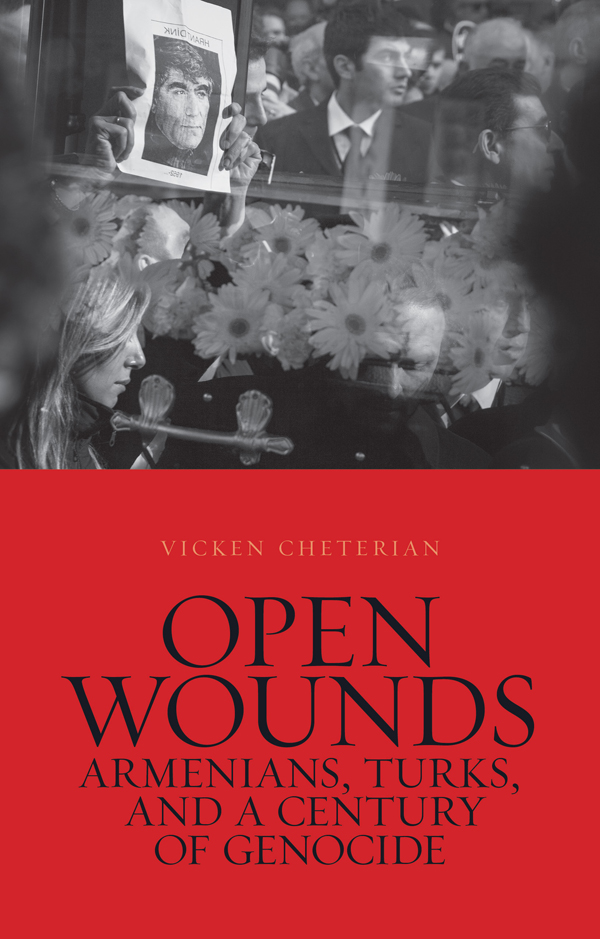The Armenians
From Kings and Priests to Merchants and Commissars
‘Panossian’s present work…succeeds in conveying the convoluted evolution of Armenian nationalism.’ — Leon Torossian, The European Legacy
Description
This book traces the evolution of Armenia and Armenian collective identity, including in the diaspora, from its beginnings to the eve of the Armenian nationalist movement over Gharabagh in 1988. The emphasis is on the modern era — the seventeenth century onwards, including the Soviet period. Panossian’s overall approach is that of interpretive political and cultural history, centred around theories of national identity formation and nationalism. He deploys various theories to analyse the different elements of Armenian identity construction, arguing that national identity is modern, based on a political sense of belonging, and predominantly subjective. However, he maintains that historical roots are of paramount importance in shaping identity. The cultural identity of the Armenian people — expressed in their art, literature, religious practice and even commerce — played a vital role in preserving national memory, and forms an important component of this study, as does the author’s analysis of the 1915 Armenian Genocide in the Ottoman Empire.
Panossian demonstrates how modern Armenian identity evolved in a ‘multilocal’ manner — i.e. in various locations in and outside of Armenia, notably in diverse diasporan communities from India to Venice. This background explains the deep divisions and tensions within the Armenian nation, the most profound of which is the east/west divide between Armenians residing in their homeland and the large Armenian diaspora in the United States, Canada, the Middle East and elsewhere. Such diversity within a single nation also questions the theoretical assumption that nationalism must necessarily be homogenising.
The originality of the book lies in its multilocal interpretation of Armenian national identity and the primary research conducted in Armenia and in the diaspora, including extensive use of interviews and Armenian-language sources.
Reviews
‘Inspired and thoughtful. — Robert Legvold, Foreign Affairs
‘[A] fascinating and important book.’ — Christopher J. Walker, The Weekly Standard
‘A first rate piece of scholarship.’ — William Safran, Nationalism and Ethnic Politics
‘Remarkably balanced, empirically sound, and theoretically engaging.’ — Levon Chorbajian, Slavic Review
‘The most meticulously researched and scholarly study of the development of Armenian national identity ever written.’ — Ralph M. Coury, American Historical Review
‘The most sophisticated and comprehensive analysis of the development of self-understanding.’ — International Journal of Middle East Studies
‘A lucid, penetrating and always fascinating enquiry into the nature of national identity in general and a massive and multifaceted sociological history of the foundations and development of the Armenian nation.’ —Professor Anthony Smith, London School of Economics and Political Science
‘This is an impressive work … [It] synthesizes methods and insights drawn from political science and historiography above all, and to a lesser but still significant extent from literary and cultural studies and sociology … offers a richly detailed yet well controlled argument about the emergence of the modern Armenian nation. … No such focused study exists in any language.’ — Professor Khachig Tololyan, Wesleyan University, editor of Diaspora: a Journal of Transnational Studies
Author(s)
RAZMIK PANOSSIAN obtained his Ph.D. from the London School of Economics and Political Science, where he also taught, with a thesis that won the Lord Bryce Prize for the Best Dissertation in Comparative and International Politics (2001), awarded by the UK Political Studies Association.
